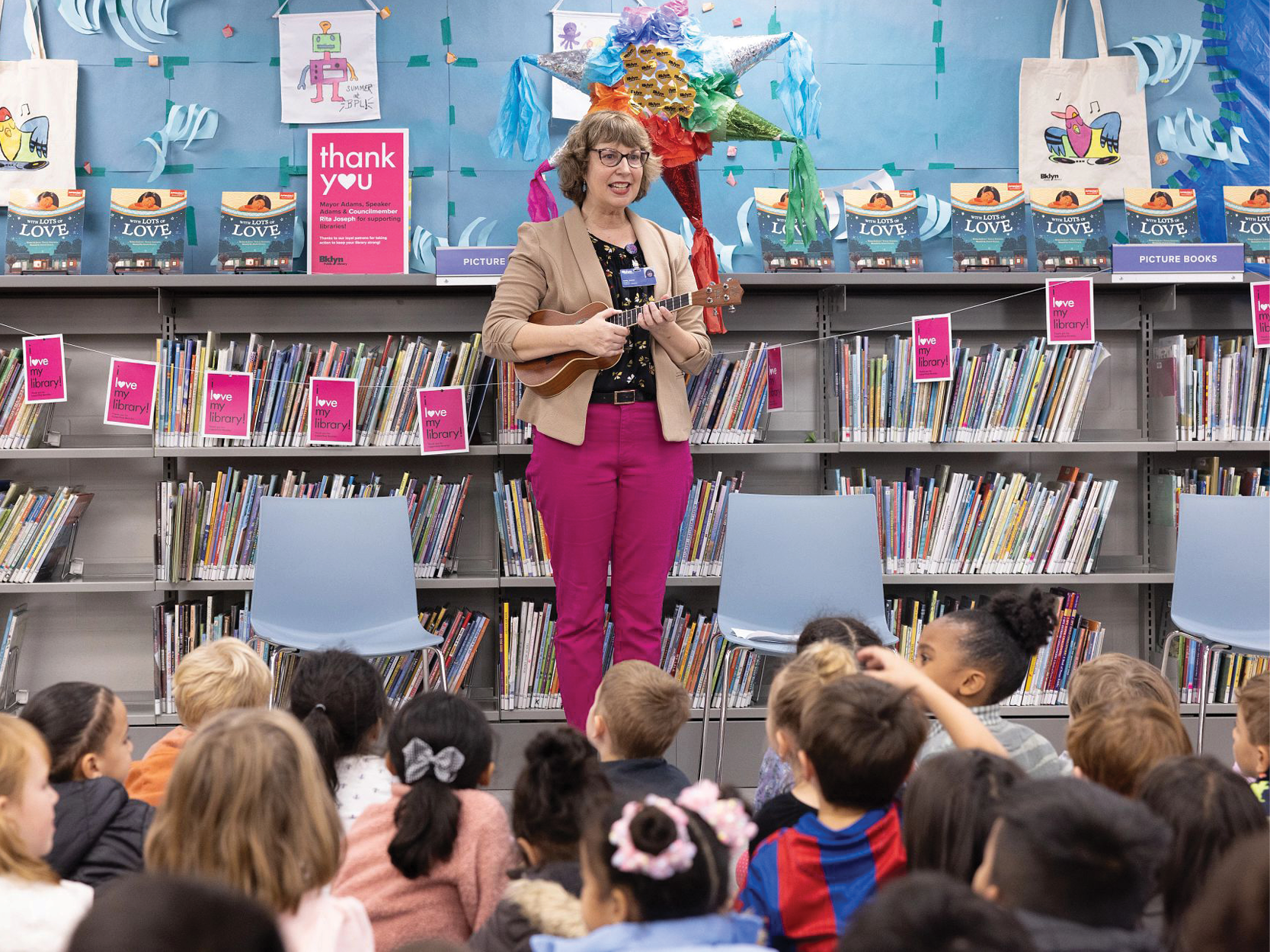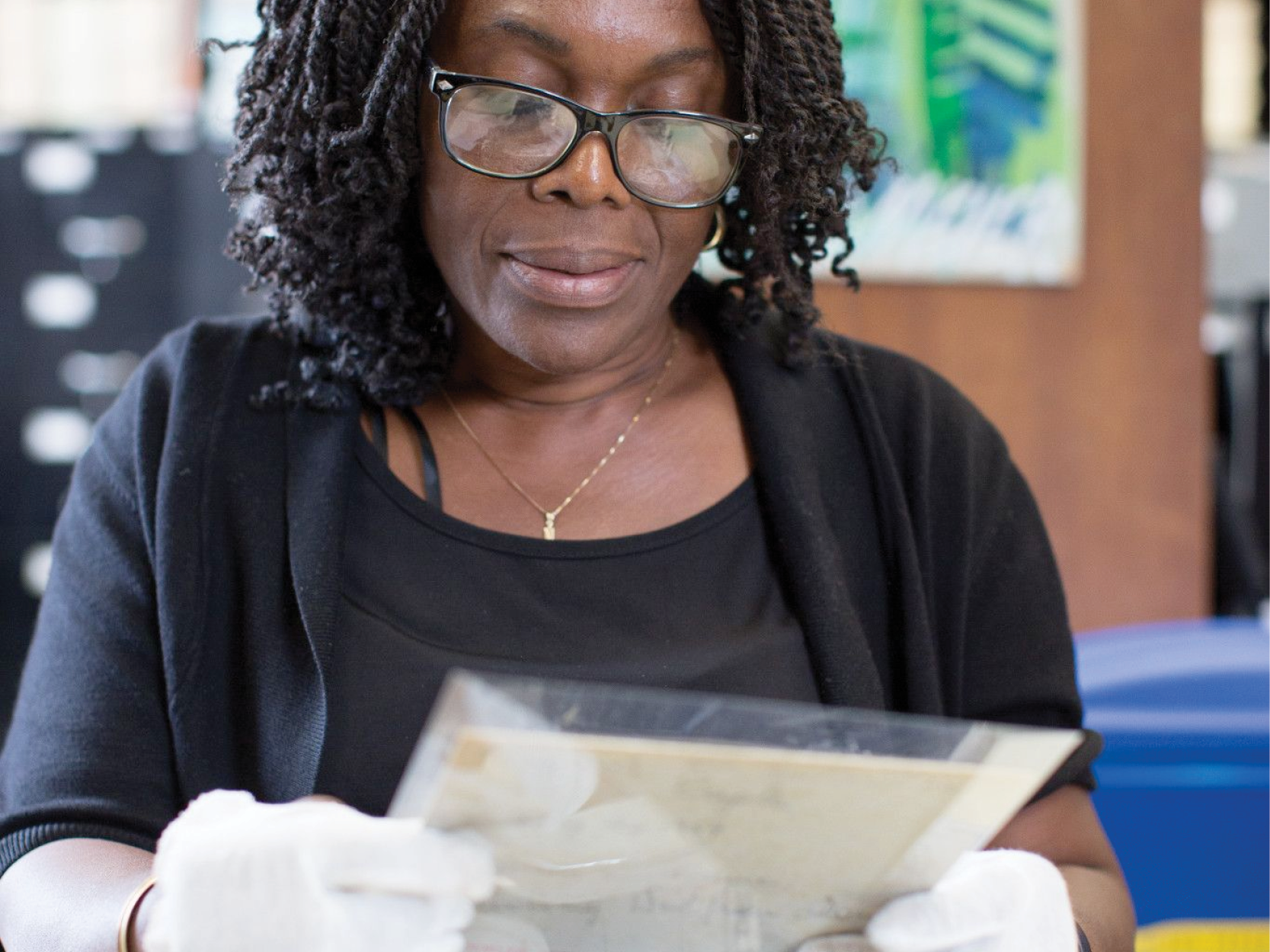Brooklyn Connections is the education outreach program in the Brooklyn Collection, focused on cultivating 21st Century learning skills in students and supporting teachers on the incorporation of archives materials into curricula.
This blog post is part of a series from the Brooklyn Connections team, sharing skills and ideas for using archives primary source material in the classroom. As part of our work, we create freely available Primary Source Packets to help students and teachers access primary source material from the Brooklyn Collection about local history topics.
Brooklyn is all about bridges. Our primary source packet on bridges is a terrific way to explore the impact these structures have on our borough.
Imagine our city without bridges! In this print from Harper’s Weekly in 1873, we get to take a look at engineers discussing how to build a bridge across the river. So much has changed: from Manhattan’s skyline in the background, to the activity of boats providing transportation of people and goods across the water.
.jpg)
We can use primary sources to get a closer look at the tools used for building bridges. In these illustrations of construction at the Brooklyn Bridge, what tools and simple machines can students identify? How did those simple machines make work easier?
.jpg)
.jpg)
Another type of primary source that can help us understand the impact of bridges on our lives is maps. How does a comparison of these two maps help us understand the way bridge construction changes a neighborhood?
.jpg)
.jpg)
Comparing maps from 1887 and 1918 shows a lot of changes: these documents provide a great starting point for discussion about:
- What stayed the same in this neighborhood between 1887 and 1918?
- What do you think happened to the homes and businesses on the 1887 map that are replaced by a bridge on the 1918 map? Why do you think that?
- What changes occurred to the businesses and homes near the bridge after it was built? Why do you think those changes happened?
- Examine the ferry routes marked on the map. Why do you think the ferries change their destination from Grand Street to 23rd Street?
Finally, looking at images of bridges around Brooklyn also helps us understand the ways that technology and engineering change over time, or are used to create different structures for different purposes:
.jpg)
.jpg)
Comparing these two images can help us ask:
- What looks the same?
- What looks different?
- What can one bridge do that the other cannot? How would this change the way a bridge is constructed?
Our Bridges primary source packet contains all of these sources and more. You and your students can also dive into bridge research with Brooklyn Connections primary source packets focused more specifically on the Brooklyn Bridge and the Verrazzano Bridge.
This blog post reflects the opinions of the author and does not necessarily represent the views of Brooklyn Public Library.
Post a Comment
While BPL encourages an open forum, posts and comments are moderated by library staff. BPL reserves the right, within its sole discretion, not to post and to remove submissions or comments that are unlawful or violate this policy. While comments will not be edited by BPL personnel, a comment may be deleted if it violates our comment policy.
eNews Signup
Get the latest updates from BPL and be the first to know about new programs, author talks, exciting events and opportunities to support your local library.







